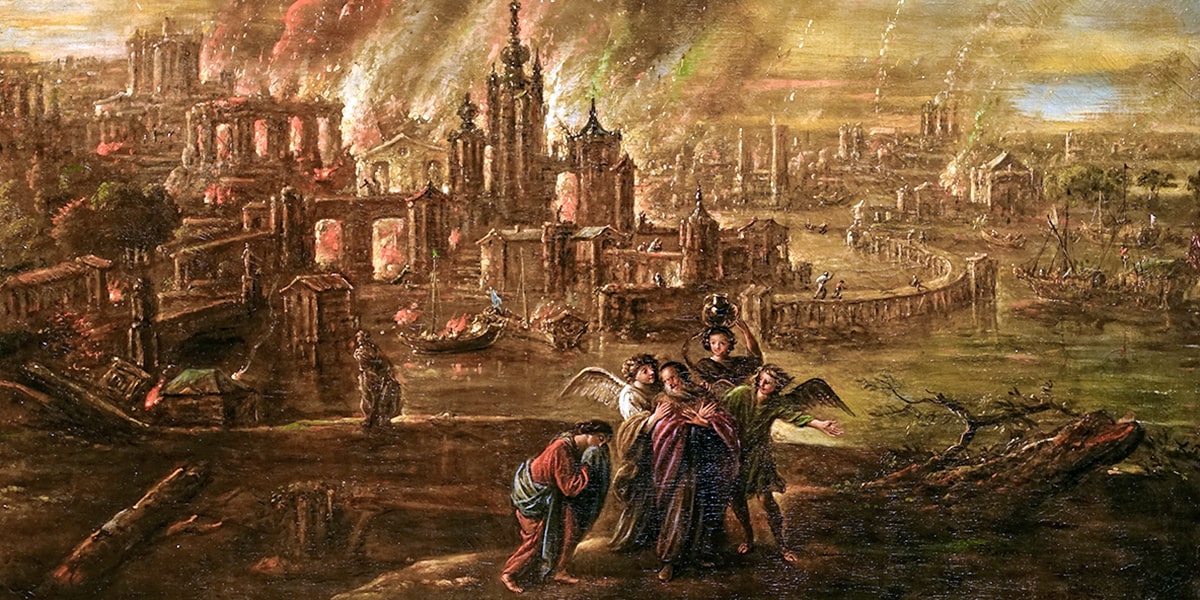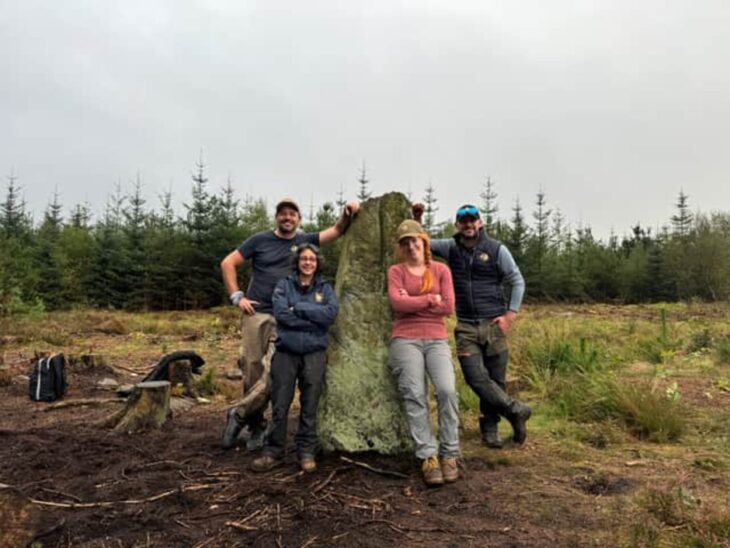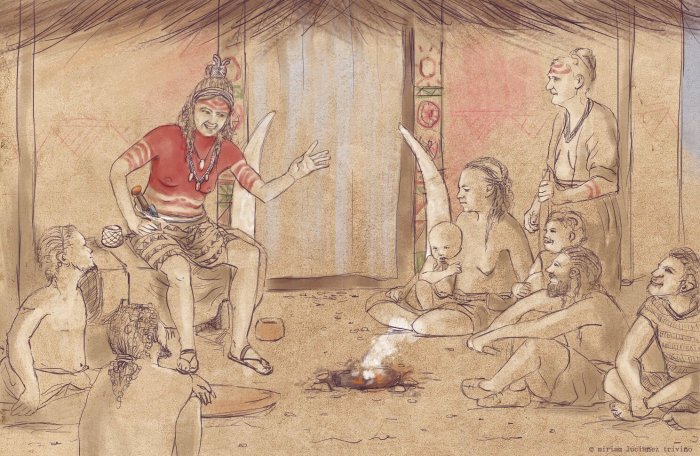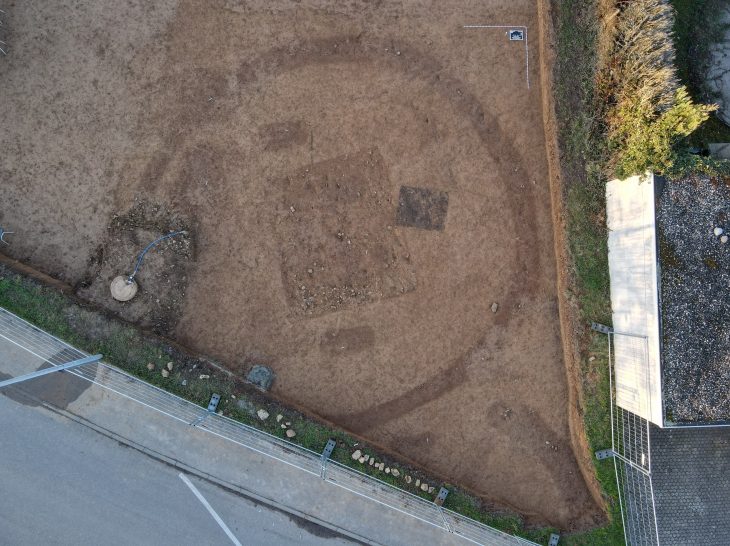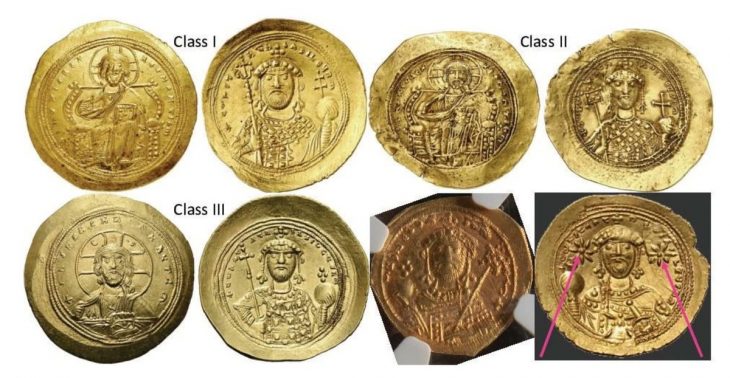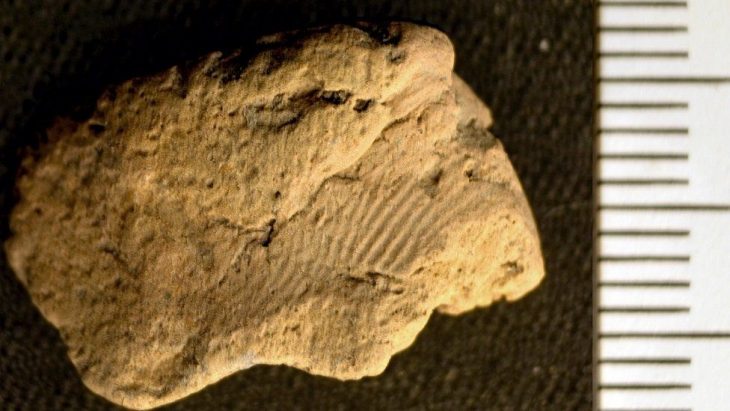The Bible account of Sodom’s destruction lies at the heart of classic “fire and brimstone” judgment day prophesies. But what if it was produced by something else in the sky, like a cosmic meteor airburst?
The Bible describes the destruction of Sodom and Gomorrah in Genesis 19:23-29, stating:
“By the time Lot reached Zoar, the sun had risen over the land. Then the LORD rained down burning sulfur on Sodom and Gomorrah—from the LORD out of the heavens. Thus he overthrew those cities and the entire plain, destroying all those living in the cities—and also the vegetation in the land. But Lot’s wife looked back, and she became a pillar of salt. Early the next morning Abraham got up and returned to the place where he had stood before the LORD. He looked down toward Sodom and Gomorrah, toward all the land of the plain, and he saw dense smoke rising from the land, like smoke from a furnace. So when God destroyed the cities of the plain, he remembered Abraham, and he brought Lot out of the catastrophe that overthrew the cities where Lot had lived.”
Researchers have uncovered 3600-year-old evidence that the ancient city of Tall el-Hammam — an archaeological site in Jordan – was destroyed by a “cosmic airburst” so hot it melted brick and clay.

What proof was there for biblical-scale destruction? Pottery that had melted to glass, mudbrick that had ‘bubbled,’ and partially melted construction material were discovered behind a five-foot-thick burn layer.
Experiments with laboratory furnaces revealed that the bubbling pottery and mudbricks of Tall el-Hammam melted at temperatures exceeding 2,700 degrees Fahrenheit (1,500 C). That’s hot enough to melt a car in a matter of minutes. The destruction layer also comprises microscopic balls of molten material that are smaller than dust particles in the air. Spherules are comprised of evaporated iron and sand that melted at around 2,900 degrees Fahrenheit (1,590 C).

All of these data suggest that temperatures in the city climbed faster than those caused by volcanoes, wars, or typical city fires. A cosmic collision is the sole natural process that remains.
“We saw evidence for temperatures greater than 2,000°C,” says, James Kennett, an author of the paper published in Scientific Reports.
The same evidence is found at known impact sites, such as Tunguska and the Chicxulub crater, created by the asteroid that triggered the dinosaur extinction.

Because of the abnormally large amount of salt that was spread across the area, the researchers discovered indications of an impact near the Dead Sea.
“The salt was thrown up due to the high impact pressures,” Kennett says of the meteor that likely fragmented upon contact with the Earth’s atmosphere. “And it may be that the impact partially hit the Dead Sea, which is rich in salt.”
It’s conceivable that an oral narrative of the city’s destruction was passed down through centuries before being written as the story of Biblical Sodom. The Bible narrates the destruction of a city near the Dead Sea: stones and fire rained from the heavens, more than one city was destroyed, dense smoke ascended from the burning, and city residents were slaughtered. Could this be an eyewitness report from the past? If this is the case, Tall el Hammam’s maybe the second-oldest destruction of a human town by a cosmic impact event, following the village of Abu Hureyra in Syria around 12,800 years ago. It is also possible that this is the earliest recorded record of such a terrible catastrophe.

